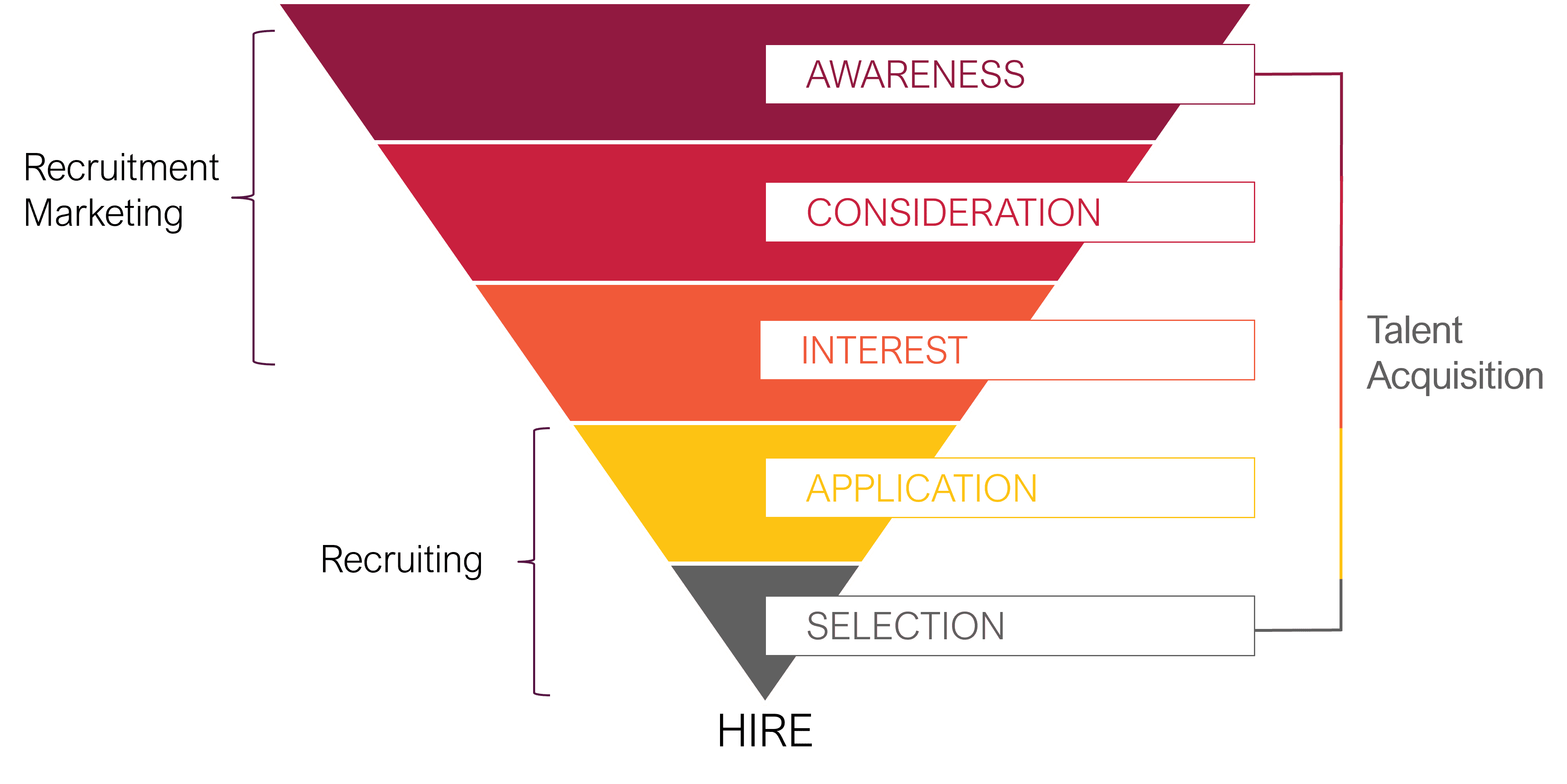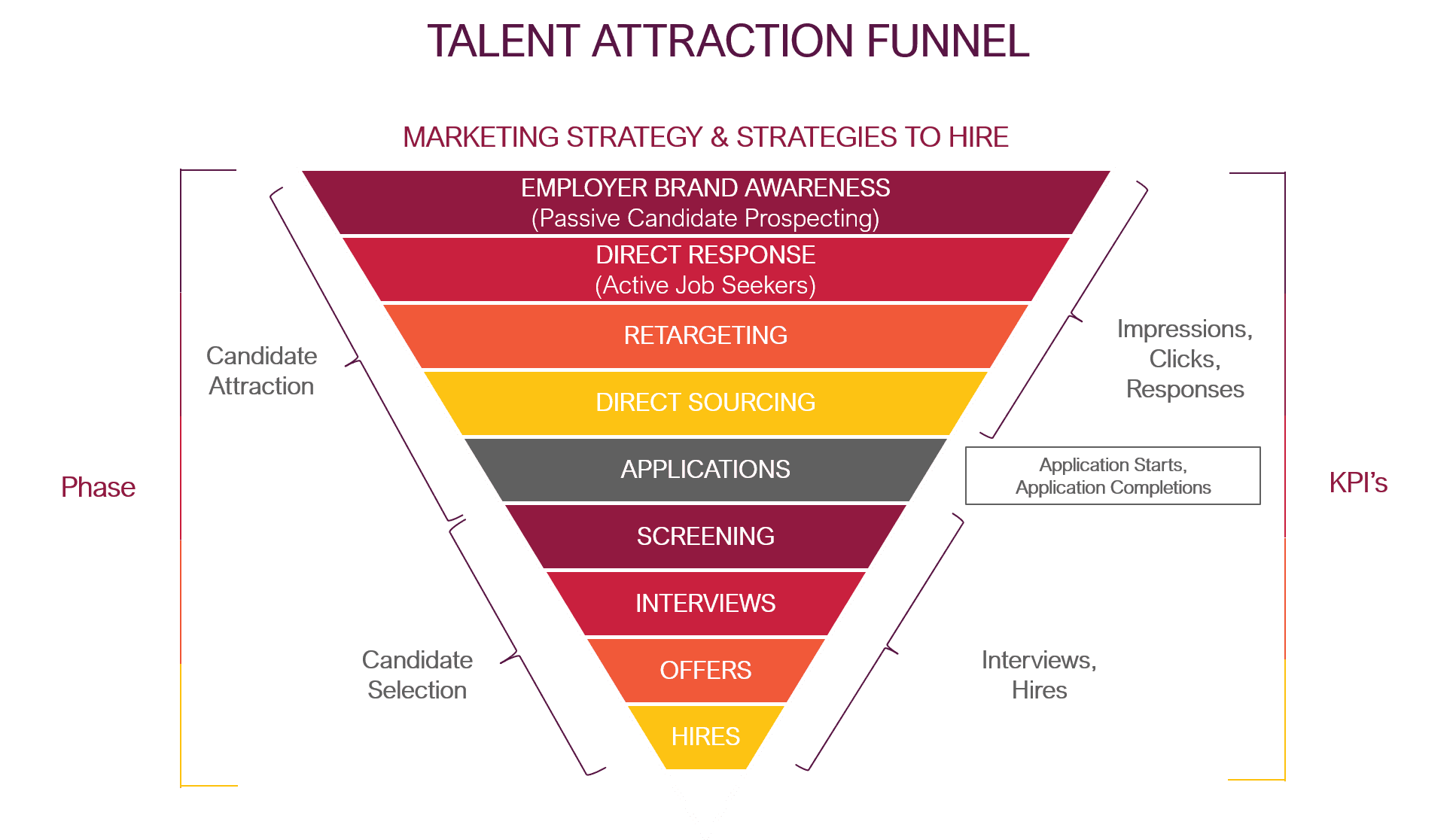As we reflect on 2025, it’s clear the year brought rapid shifts across digital marketing and hiring. AI evolved quickly, consumer expectations changed, and organizations faced new challenges in attracting both customers and talent. Throughout this landscape, our focus remained the same: helping clients stay focused, strategic, and adaptable.
This review highlights the work we accomplished together and the lessons that will shape 2026.
ProIQ’s 2025 Digital Marketing Highlights
Digital marketing in 2025 demanded agility. As algorithms changed and competition intensified, organizations needed strategies grounded in insight rather than assumption. One of our most impactful initiatives this year came from a lead generation strategy designed to help a client expand into a new industry and generate revenue from a previously untouched market.
Performance Highlights
Early in the year, we identified a specific opportunity within the construction industry that aligned with the client’s services and growth goals. Our team conducted detailed research into industry dynamics and buyer behavior, then built a multi-pronged lead generation strategy that included SEO-optimized content, targeted advertising, and industry-focused messaging. This modern digital marketing agency approach was designed to improve relevance and reach.
We launched the campaign in early 2025 and refined it as performance trends emerged. Year-to-date through October, the strategy produced:
.jpg?width=332&height=332&name=2025%20Digital%20Marketing%20Highlights%20(1).jpg)
- A 1,553% increase in website visitors
- More than 60 qualified leads
- Over 30 opportunities
- More than 8 new customers
These results reinforced a broader theme from 2025: organizations that stay proactive, data-driven, and open to testing outperform those relying on static strategies.
Strategic Innovations Introduced
This year, we continued evolving our marketing capabilities to meet changing expectations. Key areas of focus included:
- AI-supported SEO research used to improve keyword targeting, content planning, and search visibility
- Programmatic advertising for more precise targeting and cost control
- Industry-specific content strategies aligned to buyer intent
- Hyper-local campaigns built around regional behavior and demand
These innovations helped clients improve performance and make decisions rooted in real-time insight.
Talent Advisory Successes in 2025
The talent market continued to shift as candidates placed greater emphasis on visibility, transparency, and employer brand credibility. The LinkedIn Global Talent Trends report highlighted many of the same patterns we saw across industries.
How the Talent Market Evolved
Organizations leaned more heavily on recruitment marketing plans as hiring became more competitive. Clearer messaging, stronger employer branding, and more purposeful targeting played a larger role in reaching qualified candidates early. We also saw increased demand for geofencing strategies as local talent markets tightened.
Notable Client Results
One standout recruitment campaign supported a mechanical HVAC company based in the Pacific Northwest. For HVAC sales roles in Oregon and Washington, the strategy generated 91 candidates at a cost per candidate of $15.44 over three months.
This outcome underscored a consistent theme throughout 2025: recruitment success depends on the same strategic foundations that drive marketing outcomes—clear targeting, relevant messaging, and aligned funnels.
Marketing and Hiring Lessons from 2025
A year of fast-moving change produced several insights that will influence how organizations approach growth and talent acquisition. Three lessons stood out.
1. Industry specialization became essential.
Across both marketing and hiring, relevance mattered more than reach. Campaigns tailored to specific industries or functions/departments consistently outperformed broader efforts. When messaging reflected real buyer priorities and industry context, organizations saw stronger engagement and higher-quality leads.
2. Data quality became a strategic advantage.
With ongoing shifts in analytics platforms, attribution models, and privacy regulations, clean and reliable data became a competitive differentiator. Organizations with accurate tracking and stable reporting gained insight, operated with greater confidence, and made better decisions as measurement framework evolved.
At ProIQ, this meant investing in near real-time reporting through our marketing analytics dashboard, giving clients consistent visibility into performance and the confidence to adapt strategies as conditions changed. Those without strong data foundations often struggled to interpret trends or adjust strategies effectively.
3. Candidates behaved like consumers.
Hiring in 2025 increasingly mirrored consumer behavior. Job seekers evaluated employers the way they evaluated brands, prioritizing relevance, transparency, and trust. Recruitment marketing became a critical way to shape those first impressions, and organizations that focused on delivering a strong, consistent candidate experience built stronger pipelines and better long-term outcomes.
These lessons reflect the evolving nature of both marketing and talent acquisition—and the growing importance of alignment between the two.
Behind the Scenes: The People of ProIQ
Our team’s structure shaped our work in 2025, enabling close collaboration and strategies aligned to client goals. This year, we strengthened cross-functional processes, expanded capabilities, and continued building a culture grounded in collaboration, curiosity, and problem-solving. The relationships we build—with each other and with clients—remain central to our success.
What’s Ahead for 2026
As we look ahead, 2026 is shaping up to be less about chasing trends and more about building cohesive, authentic strategies across digital marketing and recruitment marketing. As these disciplines continue to converge, alignment, consistency, and long-term performance will matter more than short-term optimization.
Several priorities are already taking shape.
A Return to Authentic Brand Positioning
In 2026, authenticity will matter more than trying to guess what audiences want to hear. More organizations are reassessing how their brand shows up—moving away from messaging designed to appeal to everyone and returning to a clearer, more honest representation of who they are and who they serve. This shift toward authentic brand positioning will influence marketing strategy, website messaging, and recruitment marketing campaigns alike.
Emerging Recruitment Marketing Formats
Recruitment marketing will continue expanding beyond traditional channels. We expect greater experimentation with new top-of-the-funnel formats, including in-game display and video ads embedded directly within video games. For certain audiences, these environments offer an impactful way to support awareness-driven recruitment marketing and early-stage candidate engagement.
More Integrated Recruitment Marketing Strategies
Recruitment marketing strategies will become more connected across channels. Rather than relying on isolated campaigns, organizations will increasingly adopt integrated approaches that combine targeted advertising, remarketing, and follow-up through SMS and email. These strategies will support more consistent candidate pipelines and stronger recruitment marketing performance.
Greater Emphasis on AEO and GEO
Search behavior continues to evolve, and 2026 will bring a stronger focus on Answer Engine Optimization (AEO) and Generative Engine Optimization (GEO). As AI-driven search experiences become more common, websites will need to be structured differently, prioritizing authority, usefulness and content formats aligned with how answers are generated and surfaced.
AI as an Integrated Marketing Strategy
AI will be treated less as a standalone tool and more as an integrated part of the overall marketing strategy. Rather than segmenting AI into individual tasks or roles, organizations will increasingly apply it across the full lifecycle—from research and planning to execution, analysis, and optimization. When used intentionally, AI will support faster insights and stronger performance without replacing strategic thinking.
As these shifts take shape, our focus remains on helping clients navigate change with collaboration, relevance, and strategies designed to perform over the long term.
Thank You and Looking Forward
To everyone who made 2025 a meaningful year for ProIQ, thank you. The work we accomplished together reflects a shared commitment to thoughtful strategy, clear decision-making, and doing the work the right way.
As you prepare for 2026, whether you are focusing on marketing, hiring, or a more integrated approach, our team is ready to support your goals with solutions built for a fast-changing landscape.
Here’s to the opportunities ahead.



 Joe Fessenden
Joe Fessenden Stephanie Spivey
Stephanie Spivey Jasmine Celestine
Jasmine Celestine

